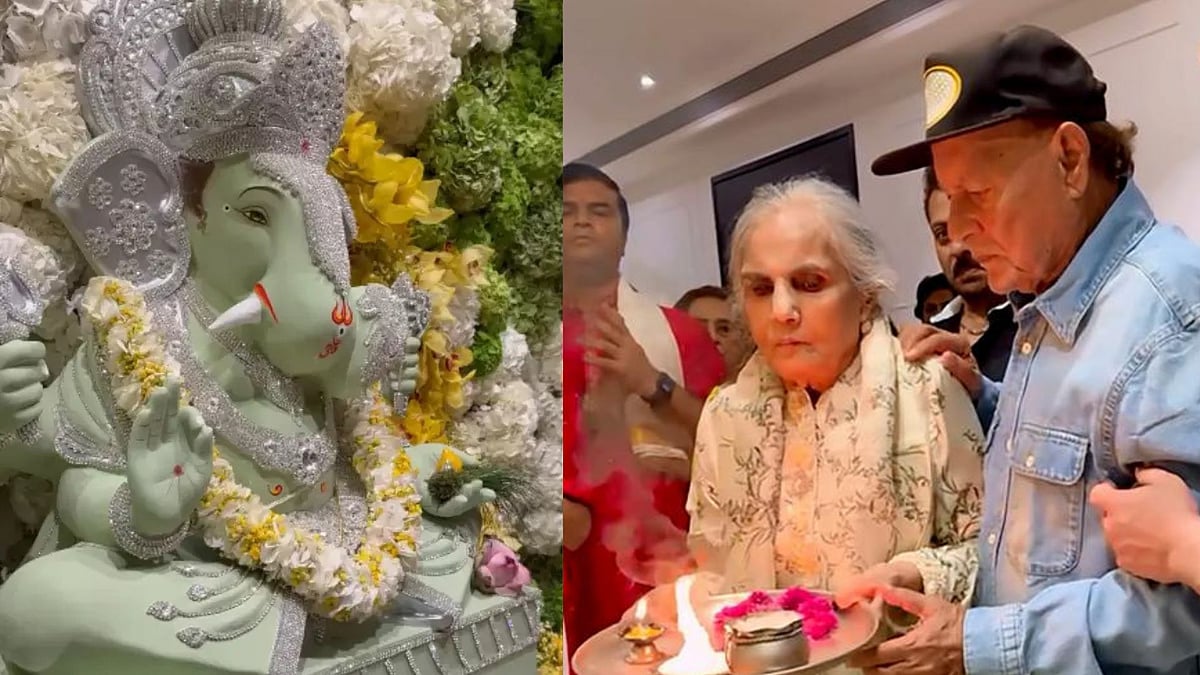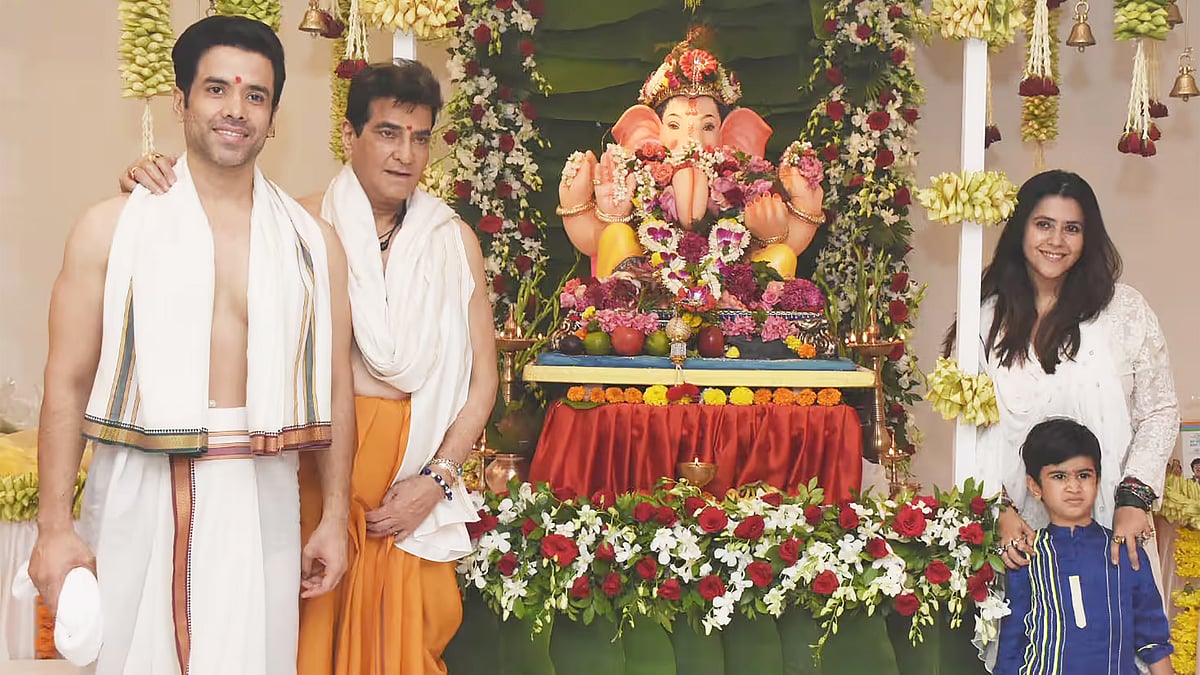The royal palaces and forts of India have an unmissable allure. And to add to their aura, three of the royal palaces — Jai Villas Palace in Gwalior, Jaisalmer Fort Museum and Belgadia Palace in Mayurbhanj are showcasing the history of textiles and karigari (workmanship) of their regions. The project is also available digitally on the social media platforms of @rethinkcreate.
As the whispers of Dekho Apna Desh, Vocal for Local and Make in India get louder, it is time that India’s rich textile legacy gets its due. “A conversation with Refashion Hub, a circular fashion platform hub where we were discussing the circular fashion economy in India, the need to have conversations outside of the metropolitan cities and to explore what the conversation would look like from the roots of India resulted in this initiative. This seeded the idea of a campaign which drew a parallel with historic properties and their age-old ties with craftsmen and karigars and their role in local communities. The idea was conceptualized over conversations with erstwhile royal families catalyzed by the devastating effects of the pandemic and came together through ReFashionHub that brought the stakeholders of the textile industry together to speak on the need to make the industry more sustainable keeping social equity in mind,” explains Jema Akshita Manjari Bhanj Deo of Mayurbhanj.

Interestingly, the three families have historically had ties and known each other, but in addition have been on the same page as being rooted in tradition but bringing in a contemporary relevance to their spaces and legacies. All three erstwhile royal families have foundations/trusts whose aim is to promote local arts and culture and promote the textile trails in the respective districts, also have their own brands to connect consumers to artisans and foster collaboration via NOMH (Jaisalmer), Cymbal (Gwalior), Hasa Atelier (Mayurbhanj). Jaisalmer is showcasing Ralli, Pattu, Ajrak and draping of the Jaisalmer Turban. Gwalior has Chanderi and making of the Shindeshahi Pagdi while Mayurbhanj is showcasing Phuta saree (Mayurbhanj is the home of the phuta saree in Odisha), Kacha, a distinct Satali dhoti drape, Santali tribal drape of saree and Dokra jewelry.
The idea is that using digital platforms, these properties connect consumers to local artisan clusters, build dialogues on ways to document dying art forms, and have academic collaborations for design innovation in textile crafts through residency programs. “To collaborate between families and artisans and recognise artisans on the same platform as designers would also enable them to get the right recognition,” says HH Maharani Priyaraje Scindia of Gwalior. At Jaisalmer the idea of the installation was inspired by the indigenous communities who have always been part of ornate weaving, embroidery, and printing art. “The different elements come together to highlight three separate pieces of the everyday karigar communities adorned with local silver jewelry pieces that speak of Rajasthan’s intricate and diverse collective artistic spirit which has a unique cultural identity because of years of being part of the silk route metropolis,” adds Yuvraj Chaitanya Raj Singh of Jaisalmer.

The broader vision for this campaign is to build it to include all the historic properties (palaces, forts, iconic landmarks) across India and have them directly use their digital platforms and properties to firstly connect consumers to local artisan clusters, secondly build dialogues on ways to document dying artforms, and thirdly via residencies, academic collaborations insert design innovation into textile crafts. The team hopes that this campaign gets the love and support needed where each iconic landmark has an installation paying homage to the karigars of that district and people look at textiles with the same awe, pride and fascination as they do historical monuments.
Akshita admits, “we have already begun receiving interest from galleries to showcase the exhibits (in line with one of our ideas to have these installations being floating and exhibited in parts of the country different from its origins) and from other royal families. What I am particularly excited about is to have families and palaces take part from places such as the northeast and south as well, there is so much yet to learn and comprehensively document on in a country as diverse as ours.” The Indian textile story is finally getting the fillip it needs and probably this is the best time for it to happen.











